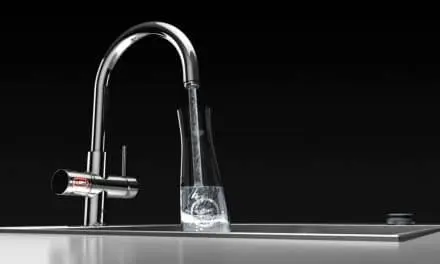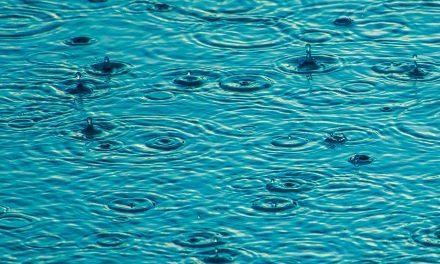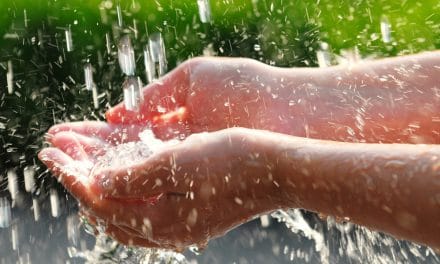#1 Ensure that the roof surface is suitable for collecting quality rainwater.
Colorbond® and Zincalume® steel sheets, well fired glazed tiles, concrete/cement tiles, clay tiles and composite tiles are popular choices for rainwater collection. If water is intended for drinking-: (a) contact the manufacturer to confirm whether the roofing material is suitable for potable water collection, and obtain a certificate of classification, (b) ensure all pipes and fittings used within the system are also approved, and (c) check local requirements.
#2 Ensure roof gutters are installed to the appropriate standards and building codes with the regulation fall to the outlets.
Gutters that pond water create a potential mosquito breeding habitat and can be an incubator for bacteria.
#3 Install a fire proof gutter mesh system to prevent leaves and debris from blocking gutters.
Screening material MUST be fire-proof and allow maximum sunlight into the roof gutter system. Screening material must NOT be too fine or create a shade house for spiders.
#4 Fit gutter outlets on the underside of the roof gutter to minimize sludge build up.
Gutter outlets fitted from inside the roof gutter create a lip of up to 4mm at the water outlet point. This means water ponds, causing a build up that will hold a rage of bacteria and pollutants. By fixing gutter outlets on the underside of the gutter there is no obstruction to water flow and the roof gutters drain out. Dry gutters last longer and eliminate a breeding ground for mosquitoes.
#5 Fit rain heads to downpipes to divert leaves and debris.
Rain heads direct leaves and larger debris out of the flow of the water. The type of rain head that is required depends on the type of system. Multiple screen rain heads are best. “Wet” systems require rain heads to be fitted with screens that are mosquito proof (<1mm apertures). Rain heads that screen the larger material onto the ground are better than “junk basket” types.
#6 Fit insect proof screens to all pipes that hold water (“wet” systems) and all pipes and openings to/from your tank.
Mosquitoes spread diseases at an alarming rate and breed in water. Ensure multiple screen rain heads are installed at the entry point of gutter downpipes. Fit insect proof flap valves or screens to the end of the pipe system at the entry to the rainwater tank, and to the overflow from the tank. The should be vented so as to allow a flow of air/oxygen over the surface of the water thus improving its aerobic content. This also prevents a vacuum when large quantities of water are quickly drawn off from the tank. Flap valves should have double seals, be self-cleaning, and have a flap that cannot be over rotated and left open.
#7 Fit appropriately sized first flush water diverter/s.
This is a critical factor in achieving good quality water. First Flush water diverters prevent the first, most contaminated rainwater from entering the tank. The recommended volume to be diverted is based on an assessment of (1) roof area, and (2) a pollution factor (between 0.5L to 2L of water per m2 of roof area). The volume, type of downpipe system, and site characteristics will determine the type of water diverter required. Water diverters with a variable volume chamber are better than “fixed volume” diverters, because they can be customized to the specific requirements of each site. For best results with a “wet” system, the volume held in the pipes should be added to the roof diversion quantity.
#8 Select an appropriate water tank, tank ‘top-up’ and pump system.
Choose a water tank. Consider annual rainfall, roof catchment area and water usage when determining its size. Utilise a dual water supply system (if required) to automatically ‘top-up’ the tank with the mains water when tank water levels fall to a designated minimum level. Select a pump system (if required) to distribute water for use inside or outside the home.
#9 Draw water for usage from the aerobic zone.
The closer the usage draw off point is to the top of the tank (aerobic zone) the better the quality of water. The best system has two outtake points – one 1/3 the way up the tank for use inside the home, and the other at the bottom of the tank (in the anaerobic zone) for use outside the home and overflow. Tank overflows that simultaneously take excess water and vacuum out sludge from the bottom of the tank are best.
#10 Ensure the system is maintained.
This is one of the most important factors in ensuring good quality water. All components, including gutters, rain heads, water diverters and water tanks, should be serviced regularly. Consideration should be given to registering your rain harvesting system with the local Council.
This originally appeared on RainHarvest.com. Visit their site to learn more and find products for your rain harvest system.








